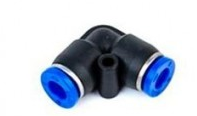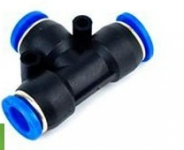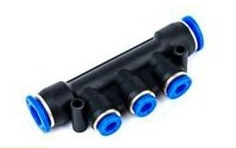unnamedmike
Well-known member
Welcome Dots, good to see you around

Thanks ChrisLooking forward to the grow monitor tutorial. Great work unnamedmike.
 for sure, i'm close to finalize a useful version. The irrigation part is not finalized yet, now the controller is just a over designed timer.
for sure, i'm close to finalize a useful version. The irrigation part is not finalized yet, now the controller is just a over designed timer.









